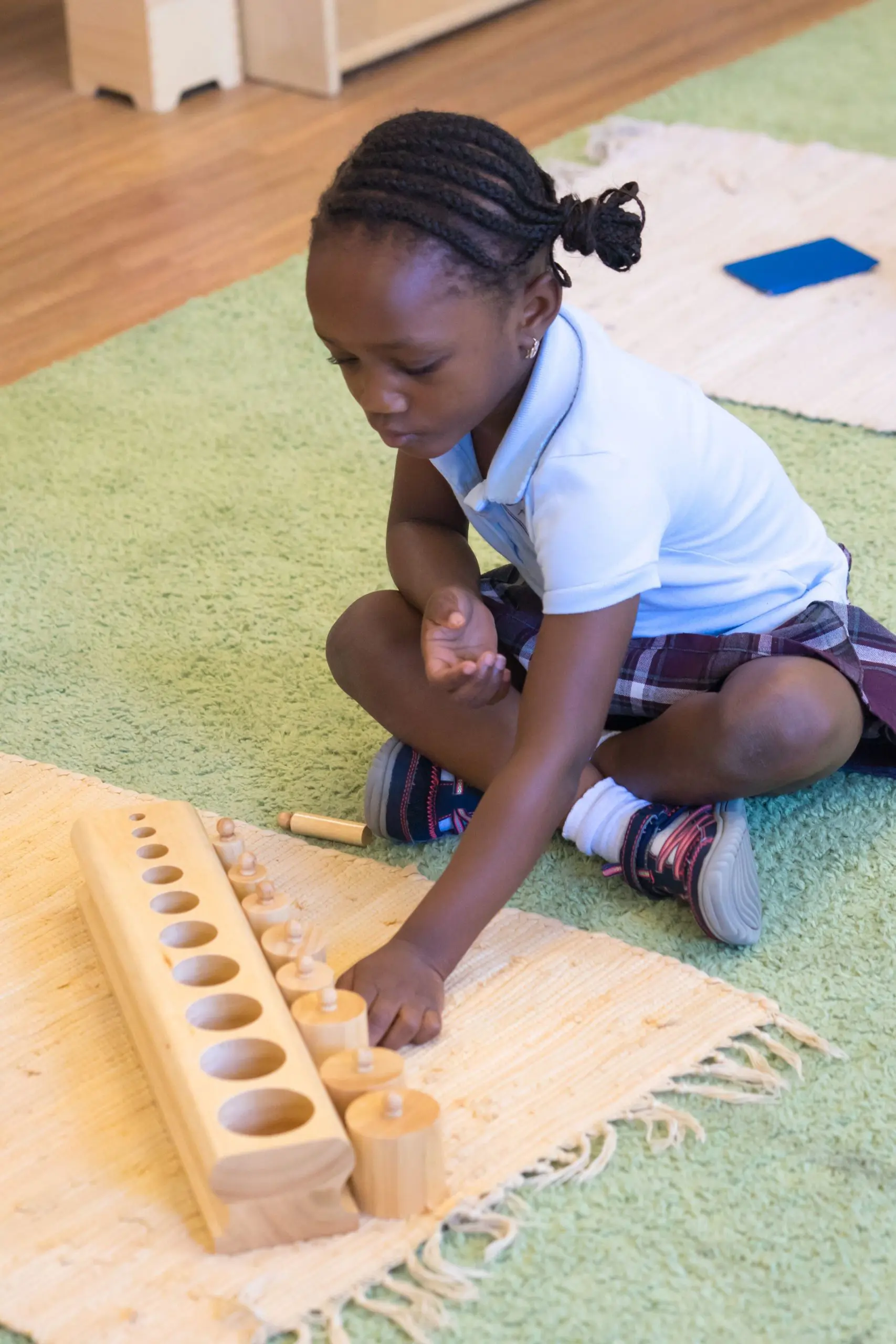Four Practical Back-to-School Tips for Montessori Students
Home »

Four Practical Back-to-School Tips for Montessori Students
It’s that time of year again and getting ready for back-to-school is always full of excitement and curiosity. Whether your child is returning to a familiar classroom or stepping into a new one, a little preparation can make the transition smooth and joyful. In Montessori, back-to-school readiness isn’t just about pencils and notebooks; it’s about fostering independence, building confidence, and nurturing a love of learning. To help ease the transition, here are four simple, practical tips from our very own Jessica Ostrov, the Regional Director of Education at Endeavor Schools, to help your Montessori student start the year feeling capable, calm, and ready to thrive.
Arriving by 8:30 a.m.
It is essential to arrive on time because it allows children to begin their day with a sense of order, calm, and purpose. The morning work cycle is a vital part of the Montessori experience, offering uninterrupted time for freely chosen, meaningful activities resulting in deep concentration, exploration, and engagement. When children arrive late, they miss the important opportunity to start the day with their peers, and their late arrival can disrupt the focus of others. Consistent, on-time attendance supports a child’s sense of responsibility and respect for the classroom community, helping them fully benefit from the rich learning environment.
Drop Off Children at the Door
It’s important for caregivers to drop off children at the door rather than entering the classroom because it supports the child’s growing independence and sense of ownership over their environment. This separation encourages children to transition confidently into their day, fostering self-reliance and emotional resilience. It also preserves the calm, focused atmosphere of the classroom, allowing children and guides to begin their work without disruption. Consistent routines at drop-off help children feel secure and build trust in their ability to navigate their own experiences.
Toilet Learning
Toilet learning is a central piece of the curriculum in the Toddler Community. It fosters independence, body awareness, and self-care skills. Children are supported in recognizing their own cues and taking responsibility for their needs in a respectful, unhurried way. Parents can support this process at home by encouraging consistent routines, offering clothing children can manage themselves, and speaking positively and calmly about toileting.
To support their child at school, toddler parents can leave pullups at home and send several pairs of easy-to-manage underwear and extra clothing—including socks and pants—in a labeled bag. When adults trust the child’s ability and provide a supportive, prepared environment both at home and school, toilet learning becomes a natural and empowering step in the child’s journey toward independence, well before the child finishes their time in the Toddler Environment.
The longer adults wait to start this process, the more difficult it will be. Let’s work together to start as soon as the child enters the Toddler Environment. We are here to help!
Seasonal Needs
To help children fully enjoy outdoor play in all seasons, we ask that parents apply sunscreen before arrival each summer day and send a sunhat. In winter, please be sure your child comes with waterproof mittens, snowpants, a warm hat, waterproof boots, and a well-insulated coat. In spring and fall, please send rain gear. Having the proper outerwear allows children to participate comfortably and confidently in outdoor exploration, no matter the weather.
